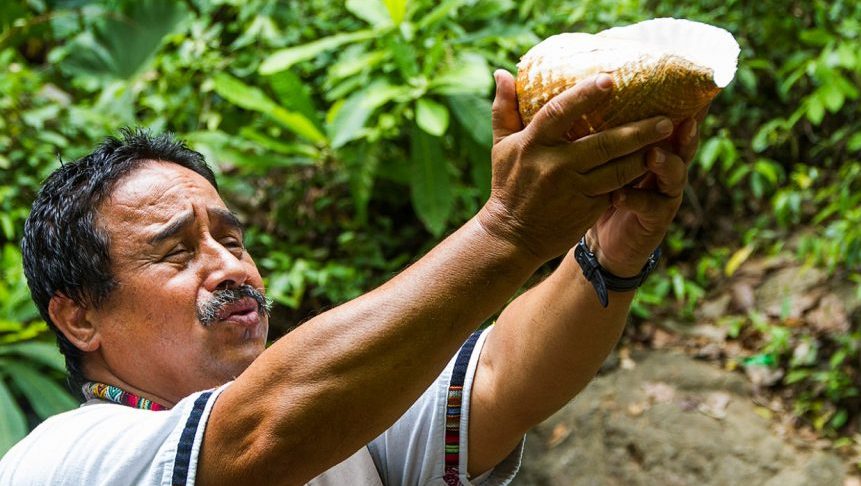Costa Rica’s Indigenous Roots: Exploring the Chorotega Culture at Vandara

Exploring the Indigenous Roots of Costa Rica: The Chorotega Heritage
Costa Rica is renowned for its breathtaking rainforests, tranquil coastlines, and abundant biodiversity. However, beyond its natural splendor, the country also holds a rich indigenous heritage that has shaped its history and culture. Among the indigenous groups that have left a lasting impact, the Chorotega people stand out as a prominent example of Costa Rica’s ancestral roots, particularly in the northwestern region.
The Chorotega: Guardians of Guanacaste
The Chorotega are an indigenous group whose presence extends from northwestern Costa Rica into southern Nicaragua. They are primarily concentrated in the province of Guanacaste, an area that was once the heart of their civilization. The Chorotega people migrated from Mexico centuries ago, bringing with them sophisticated agricultural techniques, a rich cultural heritage, and a unique social structure. Unlike other indigenous groups in Costa Rica, the Chorotega spoke Mangue, a language now unfortunately extinct, though efforts are being made to revive it.
Advanced Agricultural Practices
The Chorotegas were skilled farmers, and their agricultural knowledge significantly shaped the landscape of northwestern Costa Rica. They cultivated maize, beans, and squash—staples of their diet—using terracing and irrigation techniques that maximized productivity in the region’s challenging dry climate. Their farming methods not only ensured their survival but also allowed for the growth of a robust society that traded with neighboring groups and thrived long before European colonization.
Cultural and Ceremonial Life
The Chorotegas had a complex social and political organization, with a hierarchical structure that included chiefs, priests, and warriors. Religion played a central role in Chorotega life, with a pantheon of gods and spirits guiding their worldview. Ceremonies, often tied to the agricultural calendar, were key moments in the community’s spiritual and social life.
One of the most enduring legacies of the Chorotega people is their craftsmanship, particularly in pottery. The Chorotega pottery tradition is known for its intricate designs and vibrant colors, with pieces often depicting animals, mythological figures, and symbols tied to nature. These artifacts not only served practical purposes but also held significant cultural and spiritual value. Today, artisans in some Costa Rican communities continue to create pottery using traditional Chorotega techniques, ensuring the survival of this important craft.
Preservation and Modern Challenges
The Chorotega people, like many indigenous groups in Costa Rica, have faced numerous challenges since the arrival of Colonialism; that brought about the decline of their language, religious practices, and social structures, and their lands were gradually taken over for farming and development. Despite these challenges, the Chorotega people have worked to preserve their cultural identity, particularly through their crafts and agricultural practices.
Today, efforts to revitalize Chorotega culture focus on promoting traditional arts, such as pottery, and educating younger generations about their heritage. Cultural festivals in Guanacaste showcase Chorotega dances, music, and crafts, fostering pride in this indigenous legacy. Additionally, tourism initiatives increasingly emphasize the importance of respecting and preserving Chorotega traditions, offering visitors the opportunity to learn about this rich cultural heritage in a sustainable and meaningful way.
The Chorotega Legacy in Costa Rica
The Chorotega people are an integral part of Costa Rica’s cultural mosaic, particularly in Guanacaste, where their influence can still be felt in the region’s agricultural practices, crafts, and community life. The legacy of the Chorotega not only enriches our understanding of Costa Rica’s history but also provides valuable insights into sustainable living and the importance of cultural preservation.
By engaging with the Chorotega culture—whether through learning about their agricultural innovations, appreciating their artistry, or supporting preservation initiatives—visitors and locals alike contribute to the ongoing revival of this vital indigenous heritage. Costa Rica’s identity is deeply intertwined with its indigenous roots, and honoring the Chorotega people is a step toward ensuring that their cultural contributions continue to thrive for generations to come.
In conclusion, exploring the heritage of the Chorotega people offers a profound connection to Costa Rica’s indigenous roots, particularly in the Guanacaste region. Their legacy of agricultural ingenuity, artistic craftsmanship, and spiritual traditions provides a unique lens through understanding Costa Rica’s past and present.
As we learn from and support the efforts to preserve Chorotega culture, we help sustain a vibrant and essential part of the nation’s cultural landscape.





